Since late spring this year, Schad oversees Toyota’s service parts and accessory supply chain in North America with a strong focus on delivery speed and automation. Mike Schober has retired after 25 years with Toyota and drastically reducing order-to-delivery times for dealer part orders.
Michael Schad became vice-president of service parts and accessory operations at Toyota North America in June this year, responsible for the carmaker’s service parts supply chain across the region for Toyota and Lexus, including parts distribution centres and warehouses, logistics services, parts ordering and inventory management. His organisation works closely with regional and global suppliers serving North America, and serves dealers, national sales organisations and distributors across the region and several export markets.
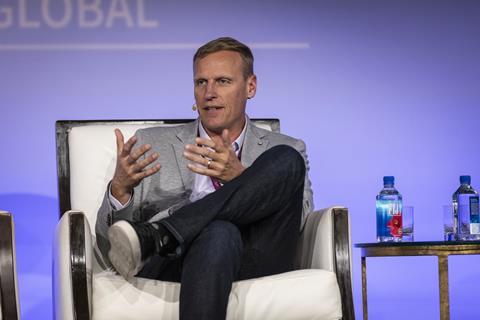
He has replaced Mike Schober in the role, who retired this past May following nearly 37 years working in supply chain and logistics roles, including 25 years working in Toyota’s service parts logistics, warehouse and production operations.
Schad now has full oversight of an operation critical to Toyota’s customer service, and which plays an important factor in the company’s profitability. The North American service parts and accessory division includes more than 15 parts distribution warehouses and fulfilment centres across North America serving around 1,500 retailers through a range of logistics services, including a high proportion of next day and same day services; around 2,000 employees work across the division, along with many logistics, warehouse and technology service providers.
Michael Schad, who is based at Toyota’s North American headquarters in Plano, Texas, has worked at Toyota for more than 20 years across parts operations, including network planning and project management, and roles in post-production processing and vehicle logistics. He oversaw Toyota’s Baltimore and Boston parts distribution centres operations, for example, and went on to lead parts operations across North America. Most recently he was general manager for Toyota and Lexus service parts fulfilment, which included oversight of operations and employees at 13 fulfilment centres, all modes of transport and service with more than ten distributors across North America and international locations.
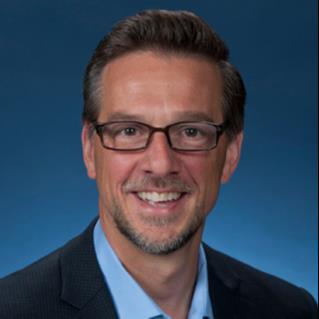
Mike Schober, meanwhile, had led operations across service parts and accessories since 2019, having continuously progressed across the organisation. Earlier in his career he led production and warehouse operations at several key facilities for Toyota, including Long Beach and Ontario, California, before overseeing central strategic roles, including supply chain strategy, procurement and parts centre operations.
He has played a leading role in helping Toyota to maintain high fill rates and service levels, balanced with lean inventory across the North American network. Schober also led the transition of Toyota’s parts fulfilment network to achieve a 15-hour order-to-delivery standard for more than 90% of dealers, as well as the launch of on-demand ’ridesharing’ for high-demand parts delivery, in which parts orders are bundled in the same transport to ensure more frequent delivery service.
A focus on delivery frequency, warehouse technology and training
Both Schober and Schad have helped to implement service and efficiency innovations in the carmaker’s service parts logistics. In a network that already achieves high levels of next-day service for dealers, the company has steadily increased the rollout of same-day delivery services along with more flexible dealer pickup options.
Speaking to Automotive Logistics last year at the 2023 Automotive Logistics & Supply Chain Global conference in Dearborn, Michigan, Michael Schad said that the increase in same-day services, along with other on-demand services, such as ‘will call’ pickup options, was in response to growing trends in ecommerce, and increased expectations from customers for fast, online delivery options.
“In some cases, we [in the service parts organisation at Toyota] are exploring ways that we can deliver directly to dealers’ customers, including car owners and wholesale customers,” he said. “Our goal is to leverage logistics services and optimise inventory with dealers to ensure that they can best service their customers.”
Recently, Toyota has also been implementing more logistics automation in parts warehouses. The carmaker, which is characteristically cautious when investing in new systems and technology and puts a strong value on process and ‘kaizen’, or continuous improvement, has the past two years increased advanced robotics, including a goods-to-person system at its largest warehouse located in Hebron, Kentucky and the use of cobots at parts distribution centres.
“Toyota is careful to put process, culture and kaizen first, and wants to make sure that automation brings stable processes and improvements in quality, not only cost reduction,” said Schad.
“In some cases, we are exploring ways that we can deliver directly to dealers’ customers, including car owners and wholesale customers. Our goal is to leverage logistics services and optimise inventory with dealers to ensure that they can best service their customers.”
-Michael Schad, Toyota North America
The increases in automation have also been in response to wider labour shortages across warehousing and logistics, especially in the face of pandemic disruptions and an ageing workforce, which has led Toyota to bring in many new employees to its service parts logistics organisation. Schad has emphasised strategic investments in Toyota’s staff, including an increase in standardised training and qualifications.
“We launched a centralised development group to offer support to all of our field locations, standardising a lot of training for our leaders, but also for how we bring in new production team members, with focus on fundamental skills and cultural elements, such as what it means to be a Toyota team member,” he said. “That has been extremely important to maintain continuity, higher quality and morale.”


























![Global[1]](https://d3n5uof8vony13.cloudfront.net/Pictures/web/a/d/s/global1_726550.svgz)

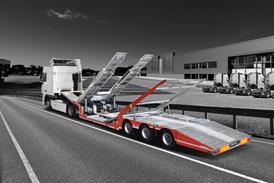


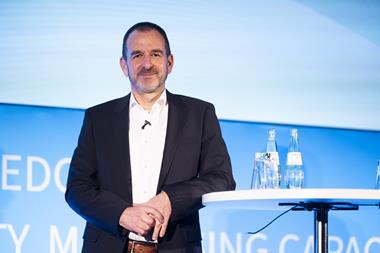
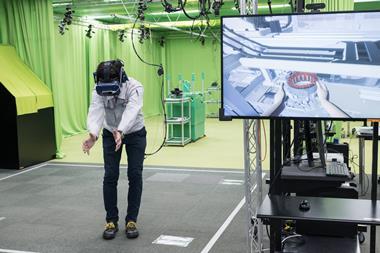

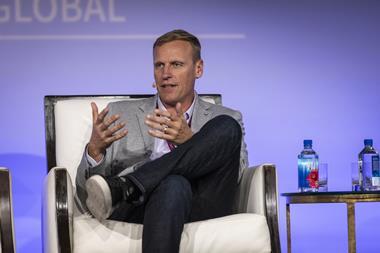
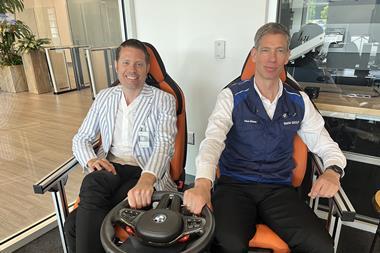




No comments yet